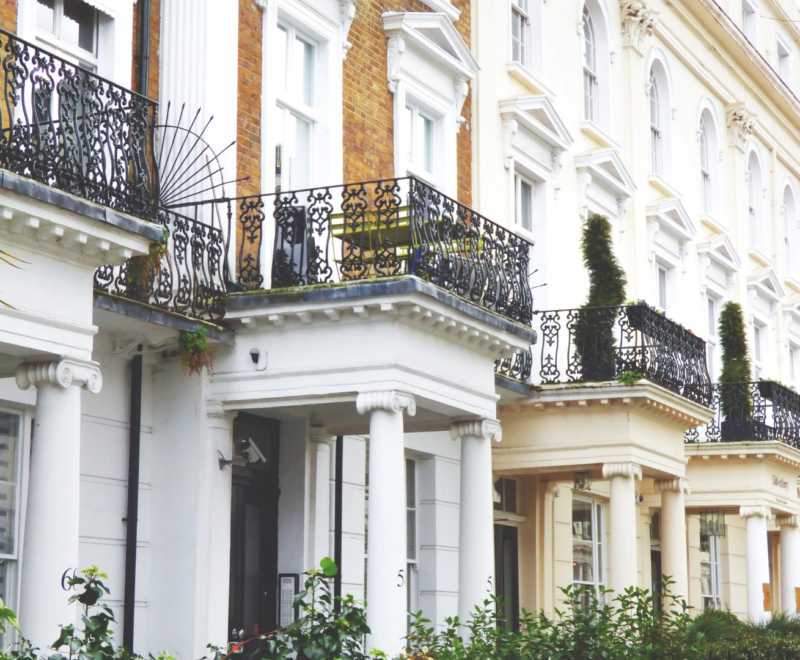At Love Your Postcode, we have predicted what the future prices of houses will be in 2021. The future of house prices is a tug of war between two conflicting post-pandemic forces: economic ruin and state intervention.
Unemployment is forecast to hit 7.5% and Chancellor Rishi Sunak needs to plug a £2 trillion black hole of debt. According to Capital Economics, a consultancy, a rise is joblessness to 7% would typically bring a 25% drop in property values.
But government measures to help to protect home ownership have been impactful. Lockdown restrictions and the sudden shift to remote working means homes now matter to people more than ever.
At the end of 2020, house prices were at a 16-year high, having risen over 7% on average across the country, in just one year. Places such as Wolverhampton saw a massive 9.5% of growth, to an average price of just over £217k, with nearby Birmingham not far behind.
Property portal Zoopla predicts a 1% rise in 2021. Savills estate agents has forecast 0%, while Capital Economics and the CEBR, both consultancy’s, each predict a 5% drop.
Here at Love Your Postcode Estate Agents we are seeing a multitude of buyers rushing to transact before the stamp duty holiday ends on March 31st. The last time the group saw such a big rush for homes due to government legislation was in the month before the tax surcharge on additional homes came into effect in April 2016. Transaction spiked 78% compared to our previous year-on-year records. It’s a very possible scenario however, that when the current break ends demand will flop. Between March and April 2016, we saw transactions half.
In 2008, house prices jumped when the government raised the stamp duty exemption to £175k, and then fell when the tax break ended. This time though, the threshold is £500k. The see-saw will be accentuated.
Richard Donnell, of Zoopla, has forecast a 20-30% hit to residential property sales from April to June 2021, and a 10% drop in the next sixth months after that.
Unemployment has not yet hit prices because those affected were mostly aged 16 to 24, without homes to sell. Furloughed workers however are mostly 35 to 64. They are more likely to have homes they can no longer afford to keep. As this is written, about 410,000 households are on mortgage support even while furlough pays 80% of wages.
Yet at the same time the market will be supported as always by older homeowners, whose priorities have now changed since the pandemic began.
The tug of war is likely to be a shaky tie.
By Love Your Postcode









